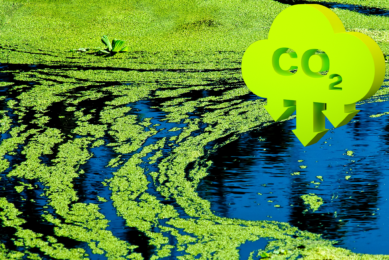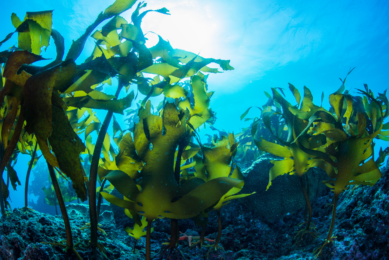Bioreactor redesign dramatically improves algae yield
Current microalgae breeding methods perform far below the fundamental bounds allowed by the laws of nature. Scientists at Ben-Gurion University of the Negrev in Israel have identified strategies to improve algal yield.
They describe their work in the American Institute of Physics’ (AIP) journal Applied Physics Letters.
The Ben-Gurion team created a physics model that explains some of the principal observations obtained in novel bioreactors that are being designed and built by a separate group at the university, led by Amos Richmond.
These bioreactors are essentially flat containers with transparent walls that can be illuminated by sunshine or artificial light.
Air bubbles fed from the bottom mix the water so the algae cells move back and forth between the thin illuminated regions near the walls and the dark interior of the reactor, which results in cells being exposed to short light flashes.
These bioreactors produce biomass yields an order-of-magnitude greater than conventional cultivation methods.
In their research the scientists explain that it’s critical to account for the unique interplay between physics and biology: Intrinsic time scales characteristic of photosynthesis can be synchronized with the flow patterns and illumination of the bioreactors in which the algae are grown.
The accompanying dramatic improvement in biomass yield may one day turn microalgae into an economically viable source of renewable energy.
Article: "Physics of Ultra-high Bioproductivity in Algal Photobioreactors" is published in Applied Physics Letters.











